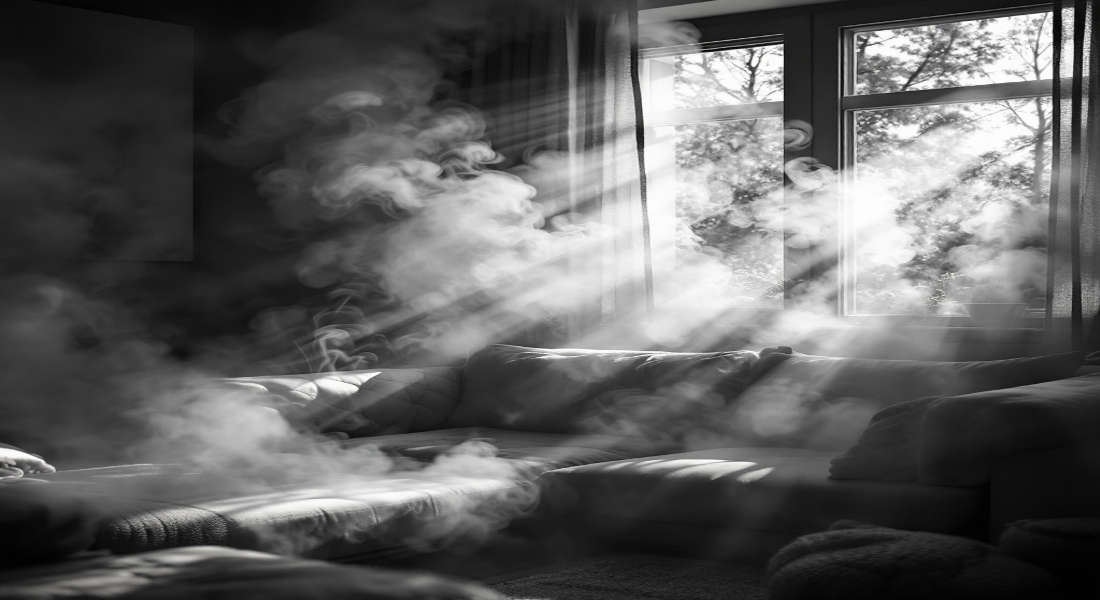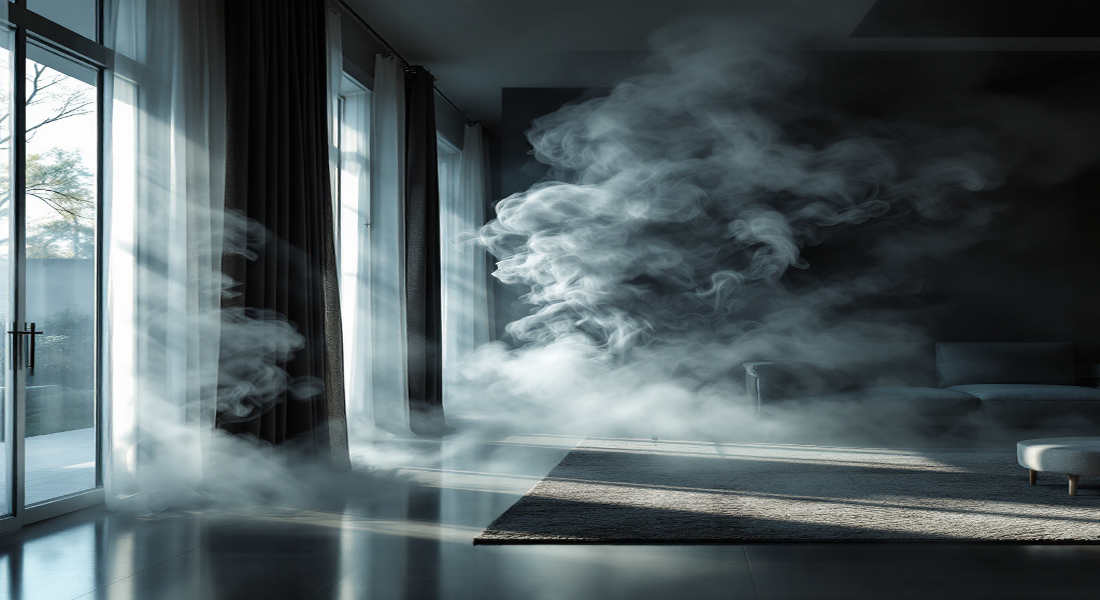When a fire or smoke incident occurs in a home, one of the most pressing concerns is how long it will take for the smoke to clear and for the air to return to normal. Smoke can infiltrate every house corner, clinging to surfaces, fabrics, and even the air itself, making cleanup and air quality restoration a significant challenge. The duration of smoke removal depends on several factors, including the severity of the smoke damage, the materials affected, the size of the home, and the methods used for cleanup. Sometimes, smoke odors and particles may fade with proper ventilation and cleaning within a few days. Still, the process can take weeks or months to resolve fully in more severe or extensive situations. Understanding these factors is essential for homeowners seeking to restore their living environment to a safe and comfortable state.
Factors Affecting the Time It Takes for Smoke to Clear
Several factors influence how long it takes for smoke to clear out of a house. The type of materials burned plays a significant role. For instance, synthetic materials can produce denser smoke that lingers longer than natural fibers.
Humidity levels in the air also matter. High humidity can trap smoke particles, making them harder to disperse. Conversely, dry conditions help speed up the clearing process.
Larger spaces or those with complicated designs may require more time for thorough ventilation compared to smaller, open areas.
The presence of existing odors from previous incidents might complicate things further. These lingering scents can mix with new smoke odors and significantly prolong the overall cleaning timeline.
The Role of Ventilation and Airflow in Clearing Smoke
Ventilation plays a crucial role in clearing smoke from your home. When a fire occurs, harmful smoke particles linger in the air and can settle on surfaces.
Opening windows and doors allows fresh air to circulate, helping push out stale, smoky air. Cross-ventilation is particularly effective; opening opposing windows creates a draft that accelerates the process.
Using fans can enhance airflow even further. Positioning them strategically will help direct clean airflow into affected areas while pushing out smoke-laden air.
It’s important not to forget exhaust systems like bathroom or kitchen vents. These can significantly reduce the lingering odors that often accompany smoke damage.
The combination of natural ventilation and mechanical assistance speeds up recovery time, allowing residents to breathe more easily again after an incident.
You may also read (how does sage cleanse a house effectively).
Steps to Take Immediately After a Fire
After a fire, safety is your top priority. Ensure everyone has evacuated the premises and call emergency services if you haven’t done so already.
Once it’s safe, avoid entering the building until authorities give clearance. Smoke can linger and pose health risks.
Open windows to promote airflow if conditions allow. This helps reduce smoke odor, but be cautious of any remaining heat or embers.
Take photos of the damage for insurance claims. Document everything carefully; these images will support your case later on.
Contact your insurance company promptly. They’ll guide you through filing a claim and determining the next steps.
Consider contacting professional cleaning services experienced in fire restoration. They have specialized equipment to tackle lingering odors and restore your home efficiently.
Professional Cleaning Services and Restoration
When dealing with smoke damage, professional cleaning services offer expertise that can make a significant difference. They have specialized tools and products to eliminate odors and restore affected areas.
These experts understand the intricacies of different materials in your home. Each surface requires tailored treatment to remove smoke residue effectively from walls to upholstery.
Restoration teams also assess the extent of damage. This evaluation helps in creating a comprehensive plan for cleanup and repair. Their experience allows them to identify hidden sources of odor that may linger despite your best efforts.
Professionals can use advanced techniques such as thermal fogging or ozone treatments to reach places you might overlook. These methods penetrate deep into fabrics and structures, ensuring thorough deodorization.
Choosing this route saves time and ensures safety during the restoration process. The right team will have certifications and insurance, providing peace of mind while tackling challenging tasks.
You may also read (why are woodlouse in my house).
DIY Methods for Removing Smoke Odor
When it comes to tackling smoke odor after a fire, several DIY methods can be quite effective. First and foremost, ventilating your home correctly is essential. Open windows and doors to let fresh air in while allowing the smoky air to escape.
Baking soda is another powerful tool in your arsenal. It naturally absorbs odors; sprinkle it liberally on carpets, upholstery, or any surface where the smell lingers. For best results, leave it overnight before vacuuming.
Vinegar also works wonders as a deodorizer. Place bowls of white vinegar around affected areas to neutralize smoke smells. You can even mix vinegar with water in a spray bottle and lightly mist surfaces—make sure not to soak them.
Set out containers filled with activated charcoal around your house; they will help absorb lingering odors effectively.
If you’re comfortable using essential oils, consider adding a few drops like lavender or lemon into diffusers or cleaning solutions for an inviting scent that masks unpleasant odors without overpowering them.
These methods may take some time and effort, but they can significantly improve your indoor air quality over time. With persistence and patience, you’ll find these DIY techniques work well alongside professional services if needed, helping restore comfort to your living space after dealing with smoke damage.
You may also read (how to protect your home when filing bankruptcy in the uk).

